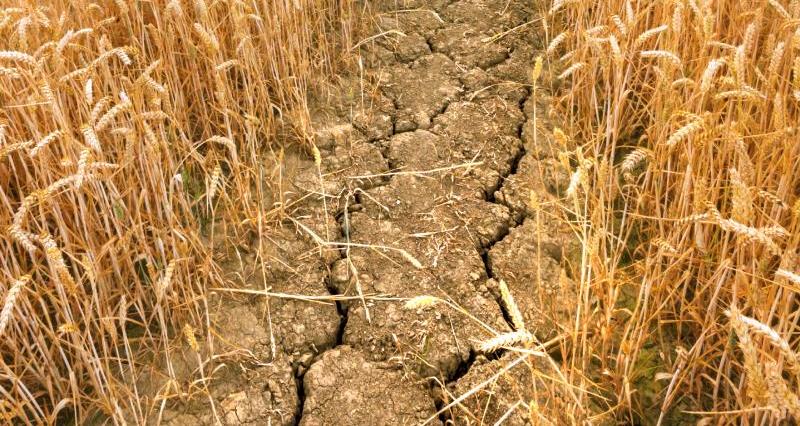Exercise Tethys gathered government bodies, agriculture, public supply, energy and conservation interests around the same table to test our collective ability to manage water shortage.
Andrea Graham, our head of policy services, represented the agricultural sector on the National Drought Group, which was temporarily reformed for the exercise. During the next ‘real’ drought, the NDG will bring together government and principal stakeholders to provide a single, coherent action plan and a communications strategy for delivery by government ministers.
The exercise looked at leadership, communication and co-ordination and was held under the chairmanship of new Environment Agency chief executive, Sir James Bevan.
What happened – and what did we find out?
The exercise worked through a modelled scenario of a long-term and increasingly serious drought.
Andrea was reassured that, by the conclusion of the exercise, there seemed to be a greater recognition that a future drought would be about food security as well as water security.
However, she was concerned that there remains a gap in government thinking about where food provision sits in a drought emergency
“There still seems to be a widespread perception that the UK will always be wealthy enough to import the food that it needs, but we must challenge that presumption - particularly if we assume that future droughts will affect food imports just as much as home production,” she said.
A critical issue was the need to understand where food and farming sits in the overall ‘pecking order’ for access to water in times of scarcity.
The drinking and sanitary needs of people must obviously come first, but where does, say, livestock welfare come in the pecking order compared with other demands on mains water?
Participation in events like this is a very important part of our overall contingency planning on behalf of members.
We’re keen to better understand the different risks faced by farmers and the agri-food supply chain in responding to potential emergencies, ranging from flooding to plant and animal diseases.
The drought modelling gave us the chance to engage with other sectors and organisations in developing a collective response. It also helped us to identify where there are gaps in our knowledge, and to find ways to close those gaps where we can.
